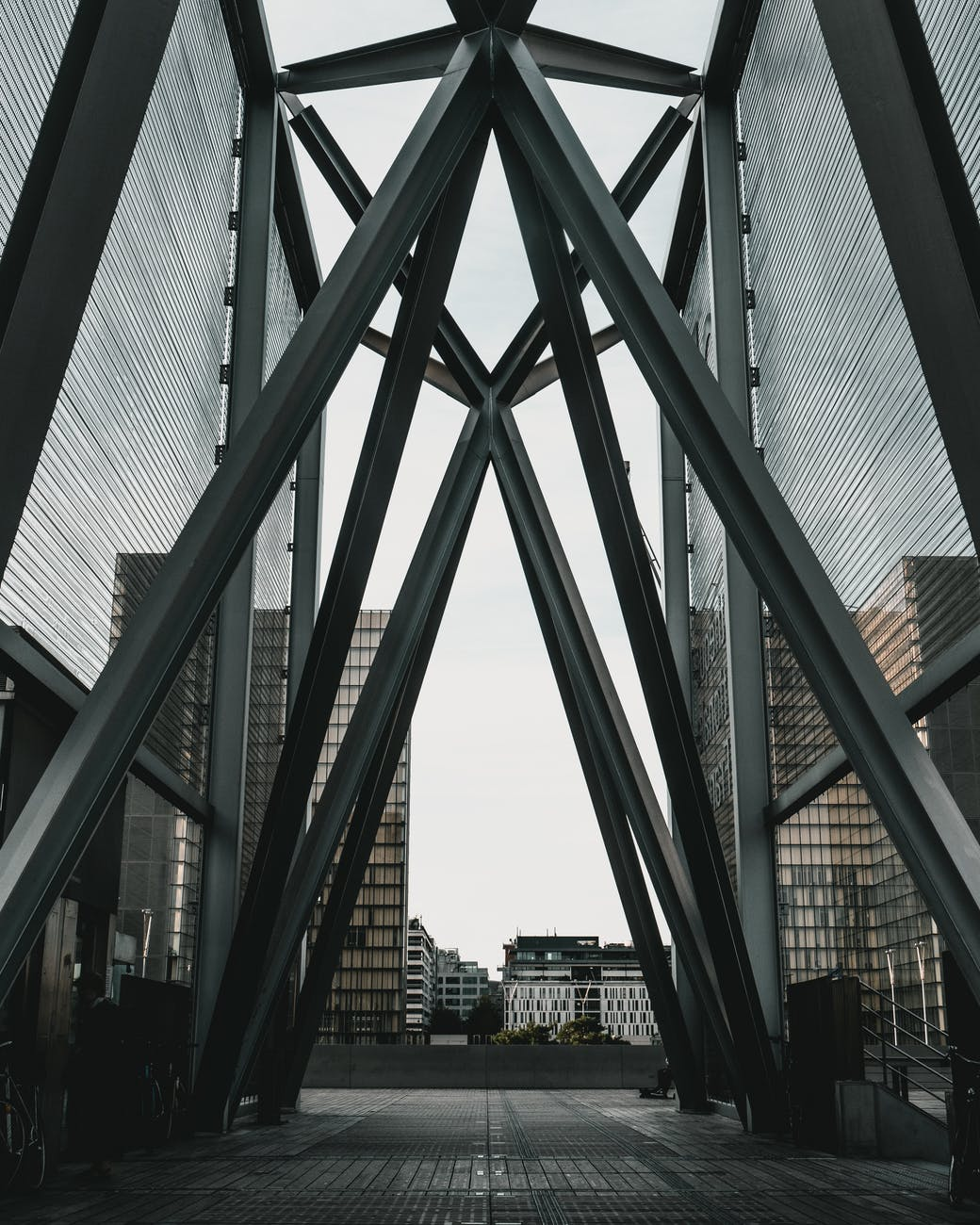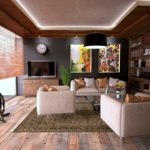What are Metal Composite Panels?
Metal Composite Panels, a.k.a Metal Composite Materials or – MCM – are typically used in buildings’ external cladding. They can be bent, curved, and joined together in an almost unlimited range of configurations, making them popular with architects and engineers.
Their malleability has allowed them the range to be fit with any nature of a building or construction, no matter if they are high-rise commercials or residentials. They are not only useful externally but internally, as they have frequently been used in interiors of buildings, homes, villas, and bungalows.
To name a few examples of where they can be found, they are used extensively for external walls, internal structures, and roof construction with various industries. This list includes cold storage, warehousing, food, hotels, and other environments that adhere to stringent hygiene standards. However, that is a mere fraction of what they can be used for.
They first emerged commercially in the 1960s and are now used as wall cladding in canopies and cornices. They are also used for joining areas between other building materials such as glass and precast panels.
How are they made?
Metal Composite Panels (Sandwich Panels) are produced by continuously bonding two thin sheets of painted or natural metal to either side of a thermoplastic core. The result of this bonding is a sheet that is lighter in weight, easy to fabricate, and is flat and durable. The core materials are either a mineral filled fire retardant or a traditional polyethylene, making it suitable for buildings above 40 feet from grade.
The core can also be manufactured from different insulating materials to suit all budgets, applications, and customizations.
Do they contribute to sustainability?
Yes, they do. In an ever-changing world, sustainability is fundamental. Most MCM’s have high recycled content. Also, they reflect heat rather than absorb radiant energy, which reduces energy usage.
Why should they be used?
According to CEI Materials; the composite panels have several different advantages; making it a leading material to utilize. As well as being sustainable; they are weather-resistant, have acoustic and thermal insulation, a consistent finish that requires little maintenance, and are lightweight. There are endless fabrication possibilities, and they are versatile, easy to shape, and can be used to create a practically infinite world of complex forms and shapes.
But that is not all. These materials are bypassing traditional materials such as steel and aluminum. They are improving the design process and end products across industries such as aerospace to renewable energy. As composite costs come down and design flexibility improves, these materials are most cost-effective and can be installed faster than precast panels, granite, or brick exteriors.
But, to answer the question of why to use Metal Composite Panels? In an ever-changing world where new ideas are being fortified and brought to life, even fabricators can push the boundaries by creating complete forms such as MCM’s to address new challenges in the areas of acoustic design and extreme weather conditions.
Building design comes with many considerations and challenges, MCM’s offer a versatile, sustainable, and cost-effective solution.





